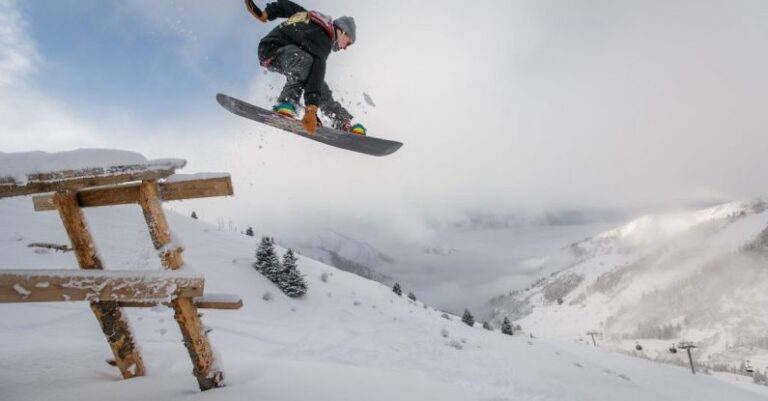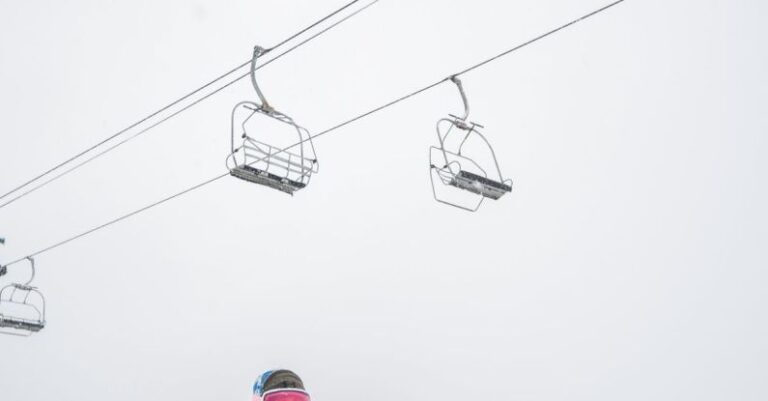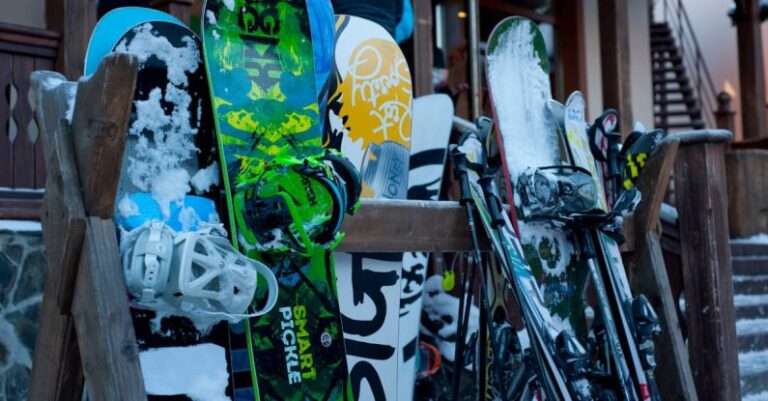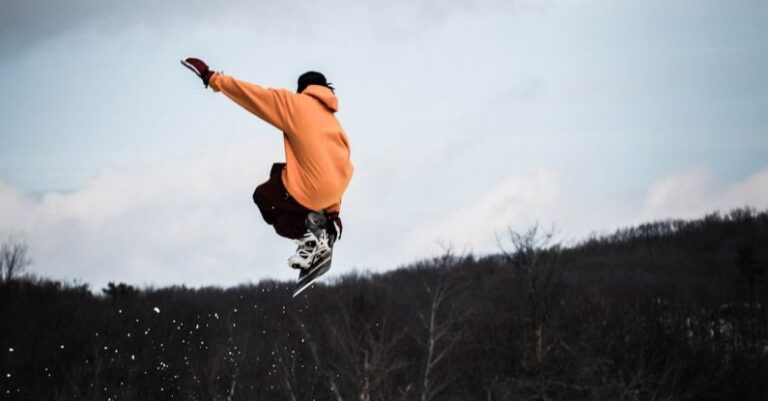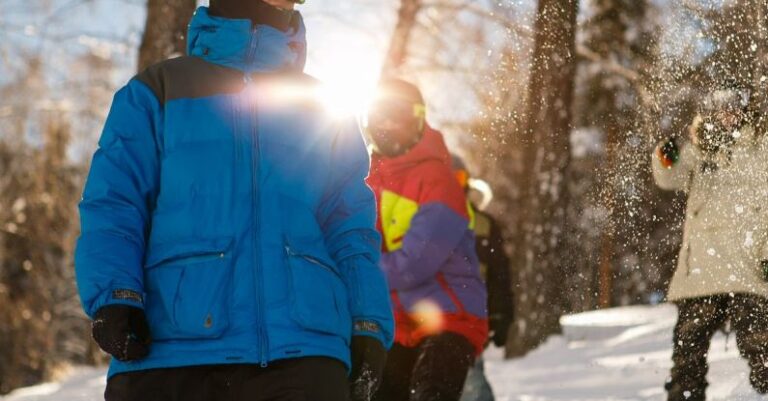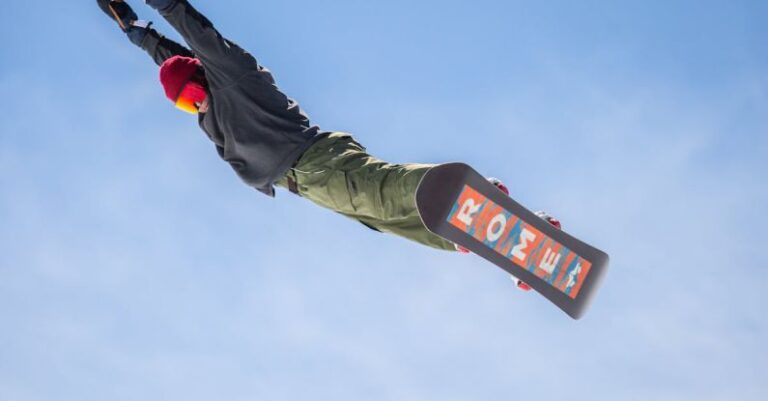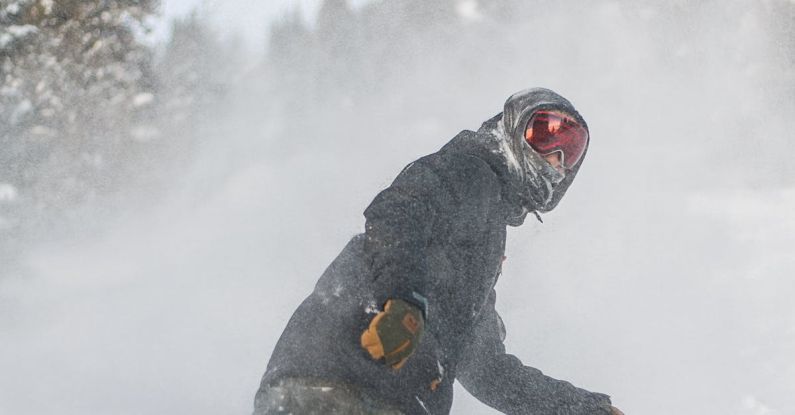
Snowboarding is an exhilarating winter sport that offers thrills and excitement to enthusiasts of all ages. Whether you’re a beginner or a seasoned rider, taking care of your snowboard is essential to ensure optimal performance and longevity. Proper maintenance and timely repairs can make a significant difference in how your board performs on the slopes. In this guide, we will walk you through the steps to repair and maintain your snowboard effectively.
**Inspecting Your Snowboard**
Before hitting the slopes, it’s crucial to inspect your snowboard for any signs of damage or wear. Start by examining the base of the board for scratches, gouges, or any other imperfections. Check the edges for burrs or nicks that may affect your board’s maneuverability. Inspecting your snowboard regularly can help you identify issues early on and prevent them from escalating.
**Repairing Base Damage**
If you notice any scratches or gouges on the base of your snowboard, it’s essential to address them promptly. Small scratches can be repaired using a P-Tex candle or repair kit. Simply light the P-Tex candle and drip the melted wax into the scratch, allowing it to cool and harden. For larger gouges, consider taking your snowboard to a professional repair shop for a more comprehensive fix.
**Maintaining the Edges**
Sharp edges are essential for maintaining control and stability while snowboarding. To keep your edges in top condition, regularly sharpen them using a diamond stone or edge tuning tool. Be sure to maintain a consistent angle while sharpening to ensure even edges across the board. Additionally, detuning the edges slightly near the tip and tail can prevent catching and make turning smoother.
**Waxing Your Snowboard**
Waxing is a crucial part of snowboard maintenance that helps reduce friction and improve glide on the snow. To wax your snowboard, start by cleaning the base with a base cleaner to remove any dirt or old wax. Then, apply a generous amount of wax to the base and use a waxing iron to melt it evenly across the surface. Once the wax has cooled, scrape off the excess using a plastic scraper and buff the base with a nylon brush for a smooth finish.
**Storing Your Snowboard**
Proper storage is key to maintaining the performance and longevity of your snowboard. When not in use, store your snowboard in a cool, dry place away from direct sunlight and moisture. Avoid leaning your board against hard surfaces or stacking heavy objects on top of it, as this can damage the base and edges. Consider investing in a padded snowboard bag to protect your board during transportation and storage.
**Maintaining Bindings and Hardware**
In addition to caring for the snowboard itself, it’s essential to regularly check and maintain your bindings and hardware. Inspect the bindings for any loose screws or damaged components and tighten or replace them as needed. Lubricate the binding screws with a specific snowboard binding lubricant to prevent rust and ensure smooth adjustments.
**Conclusion:**
By following these simple tips for repairing and maintaining your snowboard, you can prolong its lifespan and enjoy optimal performance on the slopes. Regular inspections, repairs, and waxing are key to keeping your snowboard in top condition throughout the winter season. Remember to store your board properly and take care of the bindings to ensure a safe and enjoyable snowboarding experience. With a little time and effort, you can keep your snowboard in peak condition and ride with confidence every time you hit the snow-covered slopes.
